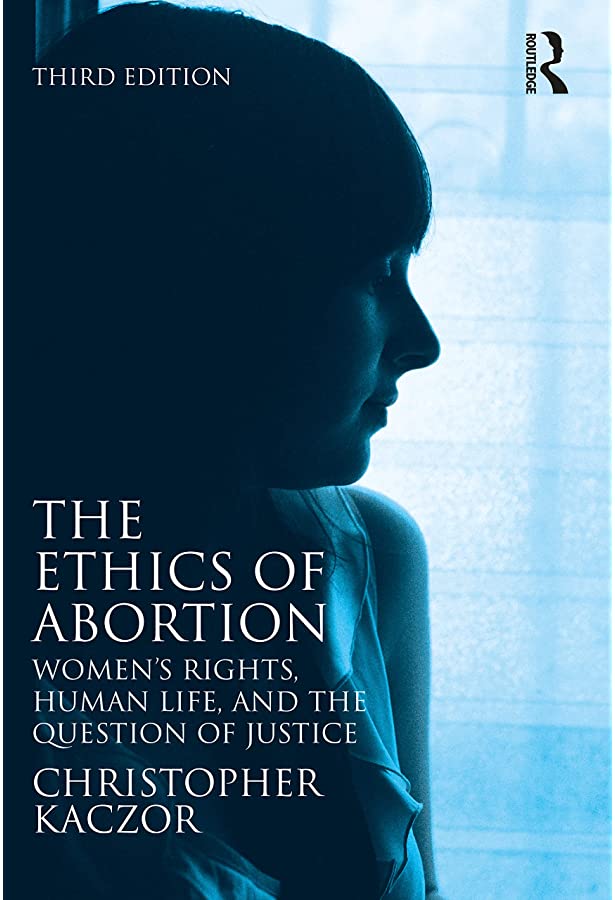Pessimism today has an ambivalent status. On the one hand, even a cursory glance at the world reveals a depressing abundance of dreadful events, tendencies, and phenomena. Wars, violence, the immense immiseration of human lives, deteriorating democratic systems, the intense destruction of natural environments fill the news. At more personal levels, even relatively good human lives are ones of anxious uncertainty, frustration, overwork, strife, worry and other sources of suffering. Perhaps there are fortunate souls who pass their days in serene calm, but those will be the very few. For the rest of us, a pessimistic sense of our current predicament and its future prospects is rational, to the point of undeniability.

On the other hand, many voices condemn pessimism or – more carefully – condemn the attitudes which they see as associated with pessimism. The problem, for them, will be what pessimism can do to our motivation, hope, and sense of the fixability of the future. Forms of pessimism feeding a self-abnegating fatalism or a despairing passivity should be condemned – the pessimism that stands and stares, say. Other forms of pessimism, however, should be esteemed, since they can rouse us into action. Things are bad, so say these pessimists, but they can be made better, if ‘we’ make things better. Movements, marches, ‘calls to arms’ – these should flow from pessimism into a resolute optimism. The activist must, after all, be a pessimist up to a point. Life is bad – but can be made better.
Optimism and pessimism
How can we reconcile these different attitudes towards pessimism? Well, by thinking more carefully and soberly about the nature and complexity of pessimism. As modern scholars point out, pessimism in its philosophical forms is diverse. Moreover, pessimism can coexist with optimism: the dualism of optimism vs. pessimism – as in the question ‘Are you an optimist or a pessimist?’ – is common but crude. No serious account of the human condition fits into this dualism. Most doctrines of pessimisms are a complex composite of optimisms and pessimisms – one could, for instance, be optimistic about some things, and pessimistic about others, or be pessimistic about the short-term while optimistic about the long-term. Moreover, these optimistic and pessimistic convictions can have more or less specific objects and different degrees of certainty. We should say, then, that a pessimist is someone in whom the pessimisms predominate.

Ian James Kidd: Transhumanism and Misanthropy
Humans are constitutively incapable of virtuous forms of life. Posthumans, of course, can aspire to much more.
This composite model of pessimism helps …
Read the full article which is published on Daily Philosophy (external link)






